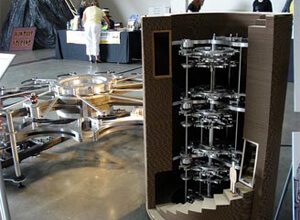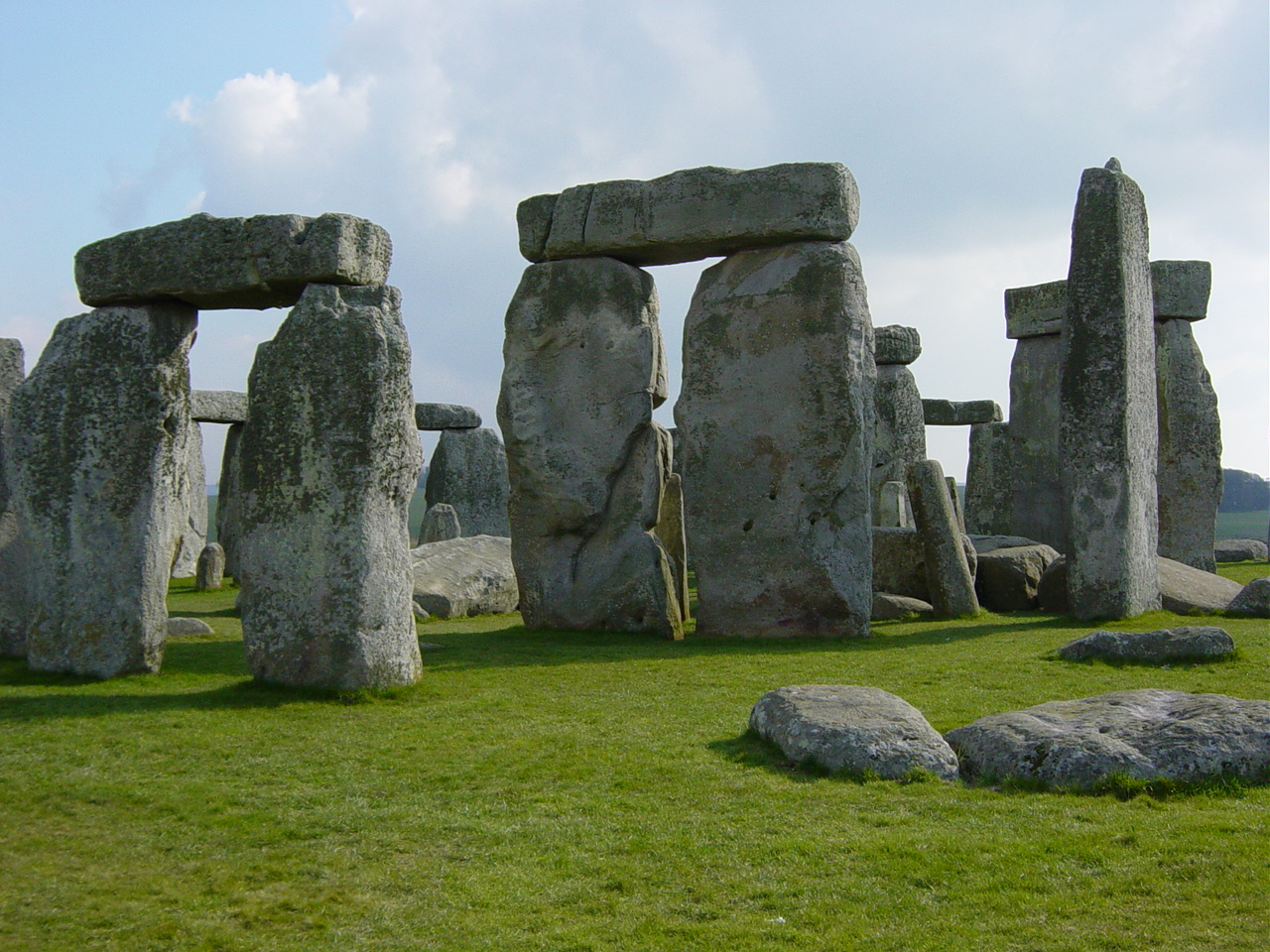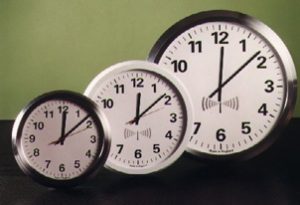Most of us think we know what the time it is. At a glance of our wristwatches or wall clocks, we can tell what time it is. We also think we have a pretty good idea of the speed time move forwards, a second, a minute, an hour or a day are pretty well-defined; however, these units of time are completely man-made and are not as constant as we may think.
Time is an abstract concept, while we may think it is the same for everybody, time is affected by its interaction with the universe. Gravity, for instance, as Einstein observed, has the ability to warp space-time altering the speed in which time passes, and while we all live on the same planet, under the same gravitational forces, there are subtle differences in the speed in which time passes.
Using atomic clocks, scientists are able to establish the effect Earth’s gravity has on time. The high above sea level an atomic clock is placed, the quicker time travels. While these differences are minute, these experiments clearly demonstrate that Einstein’s postulations were correct.
Atomic clocks have been used to demonstrate some of Einstein’s other theories regarding time too. In his theories of relativity, Einstein argued that speed is another factor that affects the speed at which time passes. By placing atomic clocks on orbiting spacecraft or aeroplanes travelling at speed, the time measured by these clocks differs to clocks left static on Earth, another indication that Einstein was right.
Before atomic clocks, measuring time to such degrees of accuracy was impossible, but since their invention in the 1950’s, not only have Einstein’s postulations proved right, but also we have discovered some other unusual aspects to how we regard time.
While most of us think of a day as 24-hours, with every day being the same length, atomic clocks have shown that each day varies. Furthermore, atomic clocks have also shown that the Earth’s rotation is gradually slowing down, meaning that days are getting slowly longer.
Because of these changes to time, the world’s global timescale, UTC (Coordinated Universal Time) needs occasional adjustments. Every six months or so, leap seconds are added to ensure UTC runs at the same rate as an Earth day, accounting for the gradual slowing down of the planet’s spin.
For technologies that require high levels of accuracy, these regular adjustments of time are accounted for by the time protocol NTP (Network Time Protocol) so a computer network using an NTP time server is always kept true to UTC.
 Consisting of a 300kg gear wheel and a 140kg steel pendulum, the clock will tick every ten seconds and will feature a chime system that will allow 3.65 million unique chime variations—enough for 10,000 years of use.
Consisting of a 300kg gear wheel and a 140kg steel pendulum, the clock will tick every ten seconds and will feature a chime system that will allow 3.65 million unique chime variations—enough for 10,000 years of use.



